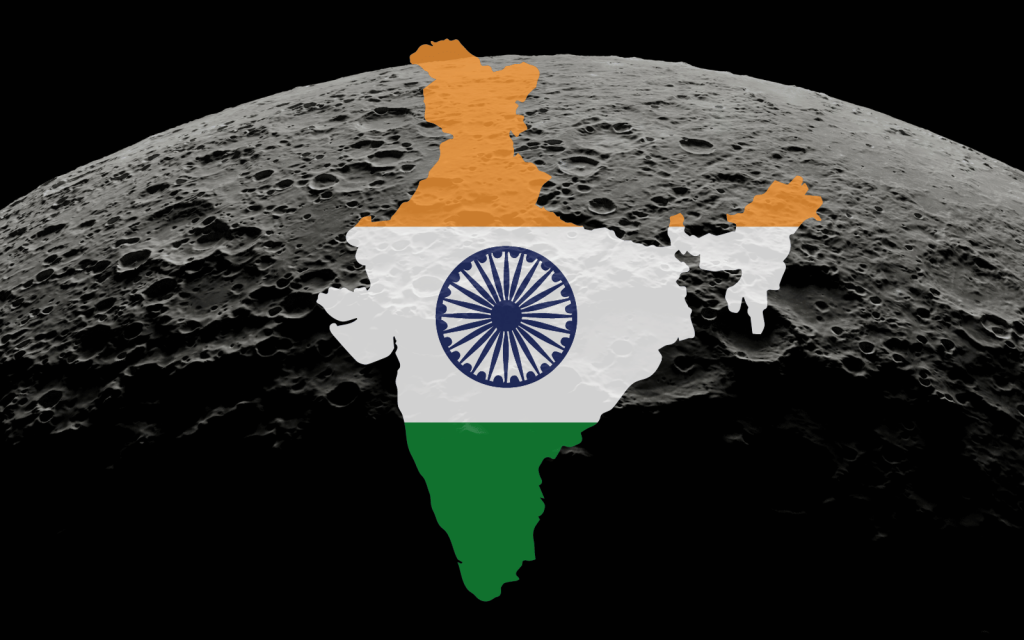India’s Space Research Organisation (ISRO) has announced that it plans to extend the country’s reach into space over the next decade and a half. The start of this was the recent successful mission to the lunar surface with its Chandrayaan-3 mission.
The country’s Vikram lander and Pragyan rover might have stopped responding, as of 22 September, but the mission was enough of a success to allow the country to consider sending humans up there next. This includes developing its own launch capability, constructing a space station, and, eventually, putting Indian boots on the moon using the country’s own hardware.
India wants space
#ISRO TO SEND HUMANS TO THE MOON BY 2040!!! 🌖@PMOIndia held a meeting with DoS today where a series of Chandrayaan missions, a Venus orbiter mission and a Mars lander mission were officially announced!
He also directed ISRO to set up a space station (Bharatiya Space Station)… pic.twitter.com/3cxonsYvVW
— ISRO Spaceflight (@ISROSpaceflight) October 17, 2023
This won’t be an easy task and, if NASA is any example, ISRO’s target of a functional space station by 2035 and a manned lunar mission by 2040 are probably optimistic. Still, that’s what the newly announced Gaganyaan mission hopes to accomplish for the country. In the meantime, it’ll launch astronauts into space using its own hardware in the shape of the LVM3.
LVM3 stands for Launch Vehicle Mark-3, with the ‘human-rated’ version getting an additional ‘H’ in its acronym. Currently the rocket has seen service on several missions but sticking actual astronauts inside hasn’t happened yet. The HLVM3 will undergo several unmanned test flights in 2024, called Gaganyann-1, Gaganyann-2, and Gaganyann-3 respectively, before being deemed trustworthy enough for a manned test in 2025. This flight will send three Indian astronauts into space for a short orbital trip before returning to Earth.
Should all of this pan out, the country will next target the Bharatiya Antariksha Station, an orbiting facility that doesn’t have any details to it just yet, and the aforementioned 2040 human landing on the Moon. The way the technology is going, the Indian astronauts might be able to check in on their American and Chinese counterparts on the lunar surface when they get there.




